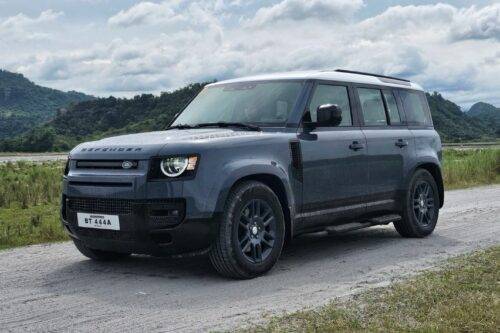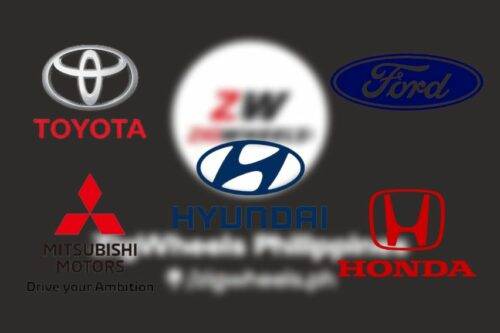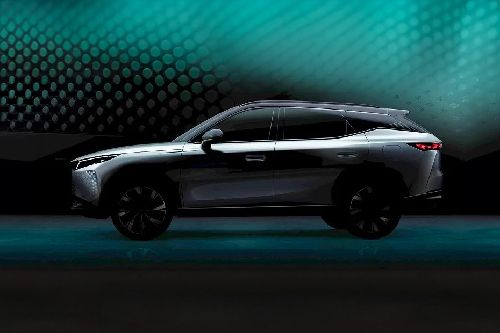7 tips to improve your car’s fuel efficiency

The continuous rise in fuel prices has been one of the most prominent stories in recent weeks, prompting motorists to look for ways to offset the impact of soaring fuel expenses on their budgets.
KEY TAKEAWAYS
What are some tips that Ford shared to help motorists improve their vehicle's fuel efficiency?
To save fuel, motorists must choose a fuel-saving engine, reduce the load of their vehicle, drive with caution, remember that speed has an impact on fuel usage, make sure their car's tires are sufficiently inflated, lower the windows and turn off the AC if traveling at a slower speed on a hot day, and combine their trips.But did you know that the way you drive and maintain your vehicle can have a significant impact on its fuel consumption? Ford Philippines shared these tips to help you get the most out of your fuel economy:
Choose a fuel-saving engine,
Both the Ford Ranger and the Ford Everest are offered with a variety of engines that are developed to produce a balance of performance and efficiency. Ford's Bi-Turbo engine, for example, is offered in both models.
Reduce the load of your vehicle.
This is a no-brainer, but it can be difficult to avoid, especially for 4WD owners. The weight of extra off-road gear, driving lights, a UHF antenna, roof racks, and an extra spare tire quickly adds up. It is tempting to keep everything in your pickup or SUV so you are ready for your next excursion, but that means you are adding weight to your vehicle every time you travel. By reducing the weight of your car by as little as 45 kg, you can improve your fuel economy by up to 4%.
Drive with caution.
Accelerating and braking quickly can raise your fuel usage by up to 30%. What you want to do is gradually accelerate and then keep a constant speed while scanning the road ahead while maintaining the local speed limit. If you see a traffic jam coming, pull off the throttle sooner rather than later to lower speed gradually, rather than slamming on the brakes at the last moment and then accelerating aggressively again. When driving on the highway, one useful tip is to use cruise control, which will help you keep the posted speed limit without making rapid, fuel-sucking changes in speed.
Remember that speed has an impact on fuel usage.
It is simple: the faster you drive, the more fuel you will consume. Up to roughly 80kph, the energy needed to overcome wind resistance on a vehicle is low (albeit it is larger than rolling resistance). When you go above that, though, drag becomes immensely higher. For example, if you drive 90 kph instead of 100 kph, you can save up to 15% on gas. If your vehicle has a real-time fuel economy indicator, you may use it to figure out how much fuel you are consuming at varying speeds, which will help you locate the right fit for your vehicle. This usually translates to being in top gear with the minimum rpm possible.
Make sure your car's tires are sufficiently inflated.
Check if your vehicle's tires are properly inflated, as recommended by the manufacturer (typically on a sticker on the door jamb or in your owner's manual). It is not just about lowering rolling resistance and increasing fuel efficiency when it comes to properly inflated tires; it is also about safety.
If you overinflate your tires, you risk losing traction and increasing wear. Likewise, driving with too low a tire pressure increases rolling resistance, meaning your car has to work hard to sustain the same speed. What if you are going off-roading? If you are driving on sand, lower your tire pressure to allow the tires to float rather than plow into the surface. This minimizes tire drag and the amount of effort the engine has to do to turn them, resulting in fuel savings.
Try lowering the windows and turning off the A/C if traveling at a slower speed on a hot day.
Hotter weather speeds up the time it takes for your vehicle's engine to achieve its ideal operating temperature. However, turning on the air conditioning might cause a burden on the engine, resulting in increased fuel usage. Indeed, using the air-conditioner on shorter trips in really hot weather can increase fuel use by up to 25%.
On hot days, try lowering the windows if you are traveling at moderate speeds and turning off the air-conditioner to help your vehicle's engine. Alternatively, try doing so at least in the beginning to help in the escape of hot air from your vehicle, making it easier for the air conditioner to cool your vehicle's cabin. Driving with the windows down increases drag, which makes your engine work harder; the effect is minor at low speeds but becomes more noticeable as speed climbs, so use your air conditioning at highway speeds.
Combine your trips.
How many times have you rushed to the shops or the local hardware store, returned home, and then remembered you forgot something? You will consume more fuel on all of those short trips than you would on a longer drive at a steady speed, so list down everything you need before heading out and cross things off as you go.
Photo from Ford Philippines
Sell your car at the best price
 Verified and genuine buyers
Verified and genuine buyers
PIMS 2024
Trending & Fresh Updates
- Latest
- Popular
You might also be interested in
- News
- Featured Stories
Featured Cars
- Latest
- Upcoming
- Popular
Latest Car Videos on Zigwheels

Car Articles From Carmudi
- journal
- advice
- financing
- insurance













































































